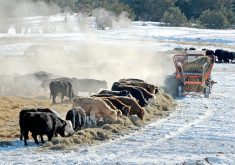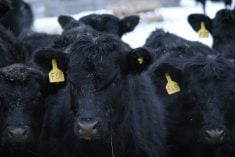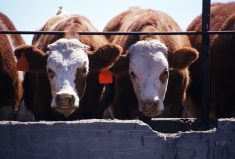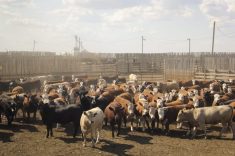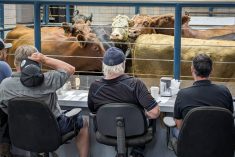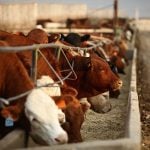Western Canadian feeder cattle prices experienced a defensive tone over the past week. Cattleman had their eyes glued to the equity market meltdown, which enhanced fears the fed cattle market would follow suit.
Live cattle futures were on a roller coaster, and a late-week bounce in the Canadian dollar added to market uncertainty. Buyers were searching for cattle $5-$10 below week-ago levels but calves under 600 lbs. held value.
Wholesale beef values were under pressure and economic data suggested consumers were pulling in the reins on spending, which hung over the market like a hot iron. There was a fear to bid prices too high because feedlot operators are getting burned on current sales. Packers’ bids range from $175 to $178 but break-even pen closeouts are closer to $188-$190.
Read Also
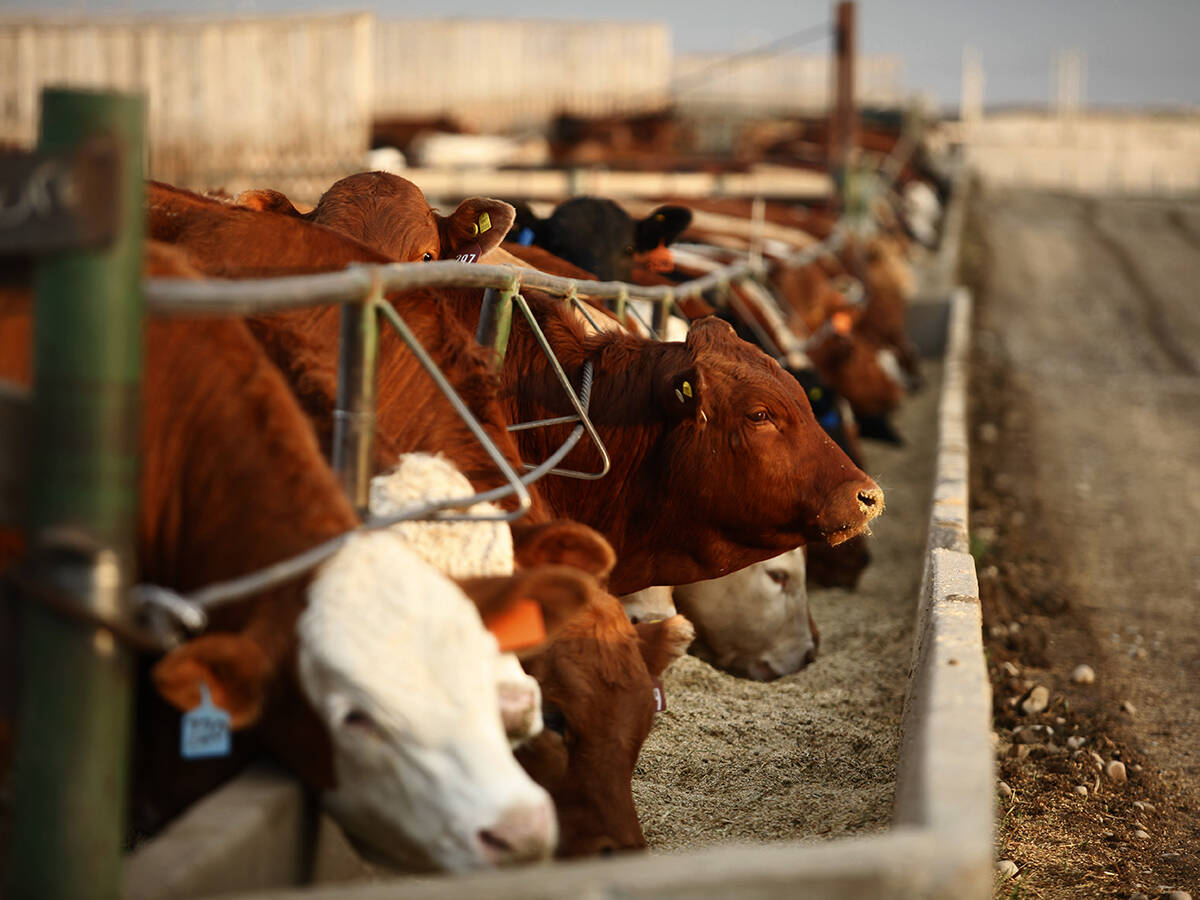
U.S. livestock: Cattle extend gains on improving cash prices, packer demand
Reuters — Chicago Mercantile Exchange live cattle futures set a three-week high and feeder cattle hit their highest level in…
Buyers’ remorse on purchases last summer and in the early fall period are playing out in the market with certain feedlot operators waiting for additional weakness before stepping forward. Feedlot risk tolerance is reading negative on the dial, and with unprecedented volatility in the financial markets and gyrating live cattle futures, there is no incentive to be aggressive on replacements.
A smaller group of larger-frame mostly tan steers averaging 575 lbs. traded for $275 in central Alberta; however, mixed steers from 500 to 550 lbs. with no special feature were in a very wide range of $270-$285 in the same region. Red steers averaging 830 lbs. sold for $227 in southern Alberta while similar cattle were quoted in the range of $205-$215 in central Alberta and Saskatchewan. The market was relatively flat across the Prairie region; prices in Manitoba appeared to recover from the holiday period lows, coming in line with other major markets. U.S. prices were grinding lower, trading $5-$8 below week-ago levels.
Retail beef prices are down 10-15 per cent from last year’s high and the market is recouping some demand from the cash-strapped high-debt-level Canadian consumer. The Bank of Canada left its short-term lending rate unchanged because banks haven’t passed on previous rate cuts to consumers. Wholesale beef and cattle prices quickly adjust to changes in the currency but Canadian consumers are coping with higher costs on all imported goods. At the same time, U.S. beef is struggling to find homes offshore, so the currency effect is actually a double edged sword longer term for Canadian beef demand. The recession in Canada is in the initial phase and 75 per cent of beef production is consumed domestically, so be wary of expecting a significant recovery in fed and feeder cattle prices.
— Jerry Klassen is manager of the Canadian office for Swiss-based grain trader GAP SA Grains and Produits. He is also president and founder of Resilient Capital, which specializes in proprietary commodity futures trading and commodity market analysis. Jerry owns farmland in Manitoba and Saskatchewan but grew up on a mixed farm/feedlot operation in southern Alberta, which keeps him close to the grassroots level of grain and cattle production. Jerry is a graduate of the University of Alberta. He can be reached at 204-504-8339.





